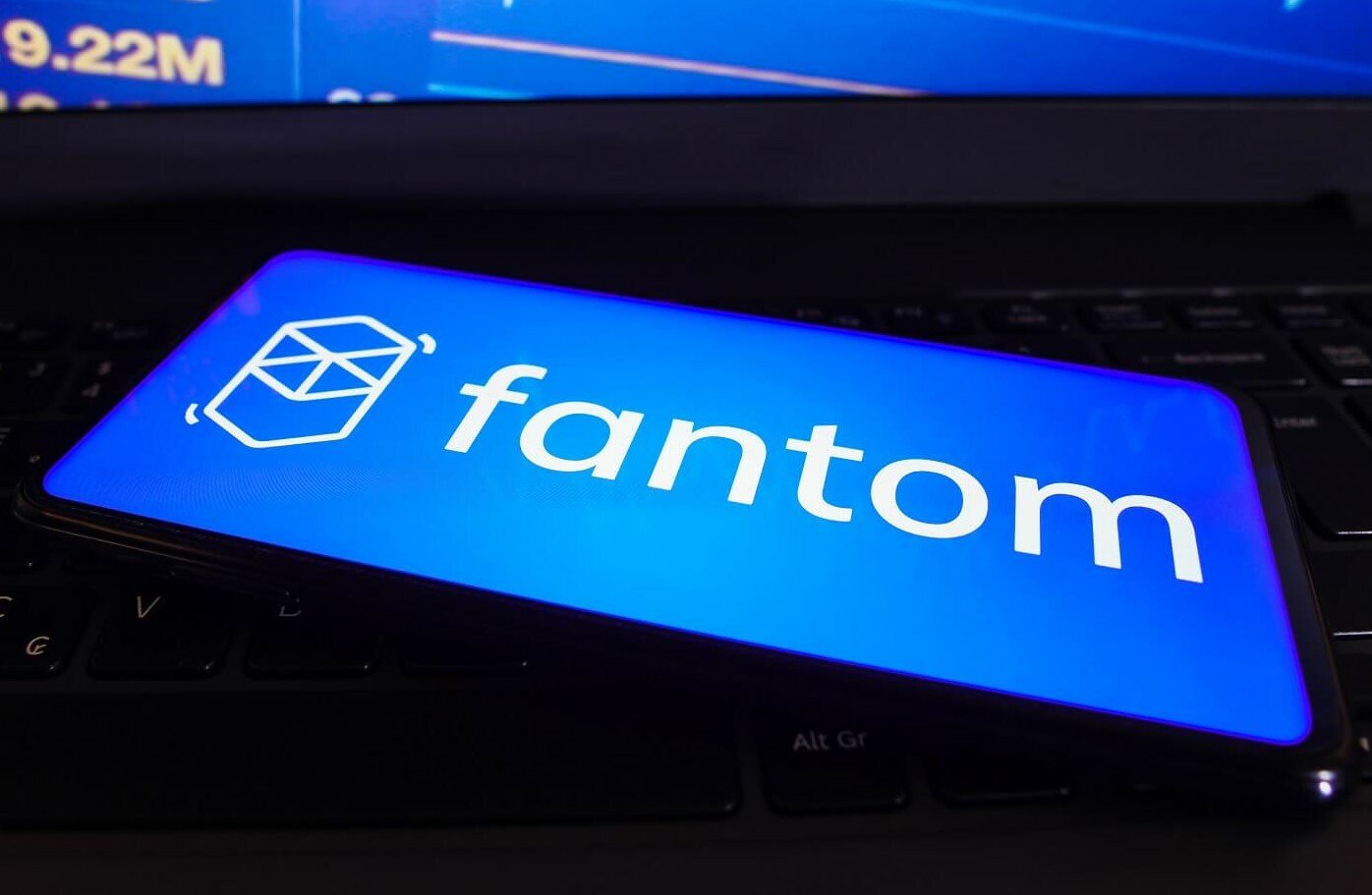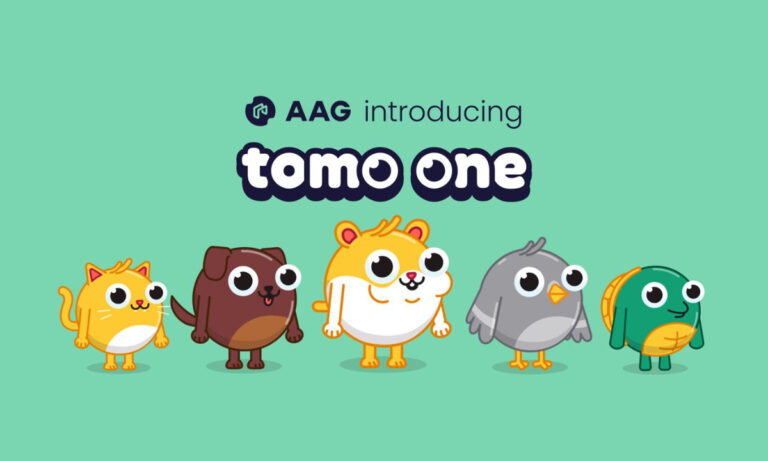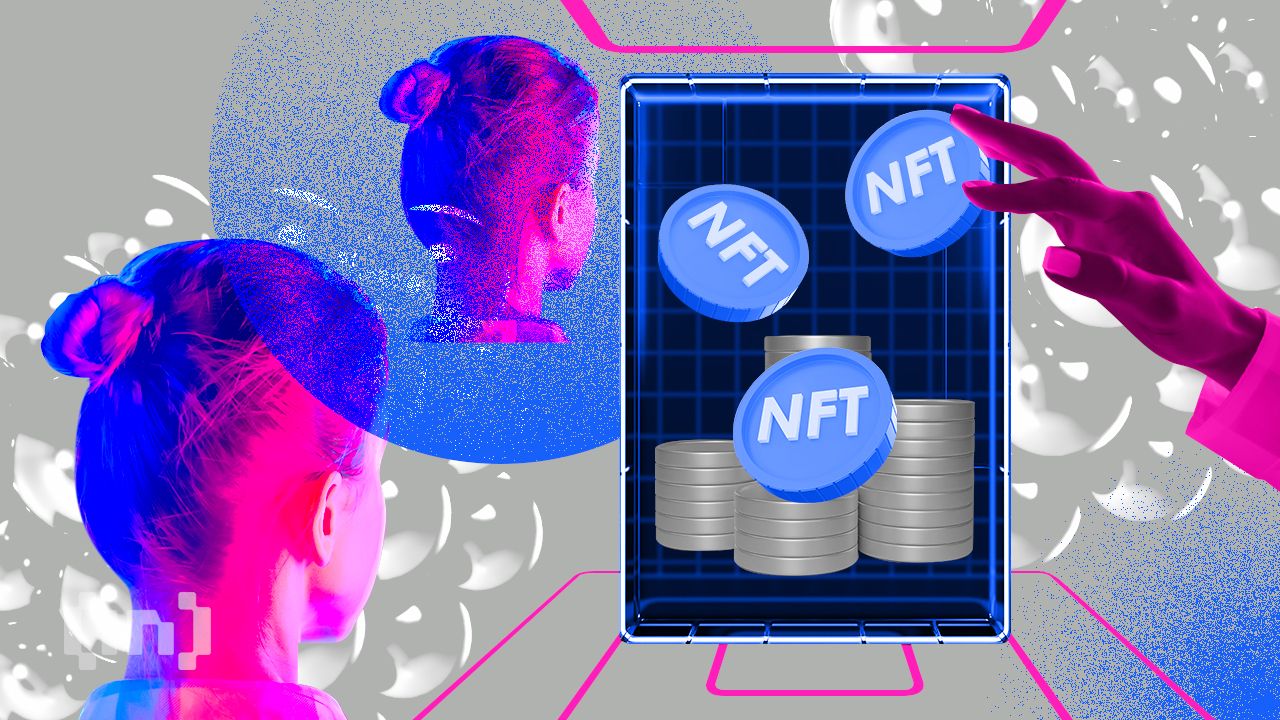Blockchain in the supply chain: 5 applications and examples

When you order a pair of jeans from a big box retailer, or buy coffee grounds from the grocery store, you probably don’t think about all the things that had to fall into place to make that purchase possible. Materials had to be extracted, shipped, processed into products, shipped again, processed some more, and on and on.
In fact, the global supply chain has become a vast and intricate system that companies use to manufacture and distribute their products globally. Its complexity has led to an enormous amount technological innovation over the past few years, including the adoption of blockchain technology.
Blockchain is probably best known as the backbone of cryptocurrency and non-fungible tokens (NFTs), but it has since evolved into a solution for all types of global industries. Today, blockchain technology is revolutionizing health Service, The authorities Even video games. And lately it has become very popular in the supply chain.
Benefits of using Blockchain in the supply chain
Blockchain is fast, cost-effective, efficient and transparentwhich can greatly benefit the global supply chain — from food to diamonds to cars.
At the core of the blockchain is the decentralized ledger, which consists of encrypted blocks, or nodes, of data that are stored and linked together, forming a chronologically single source of truth that can be shared between multiple parties. Blockchain ledgers are transparent and secure, making it a prime technology for almost all sectors, including supply chain and logistics.
Blockchain-based public ledger systems allow companies to manage their inventory as it moves through the supply chain. And smart contracts — digital, programmed contracts that automatically enact or document relevant events when specific conditions are met — offer a way for supply chain stakeholders to collaborate and share information (and money) more efficiently.
How is Blockchain used in the supply chain?
To improve tracking and transparency
Implement a blockchain alongside Internet of things, or IoT, devices such as smart sensors and RFID tags can more effectively record when certain products move through the different stages of the supply chain, and what their condition was (temperature, vibration, humidity, and so on). This data is then stored in a blockchain and smart contracts are used to ensure real-time visibility.
This means more detailed and accurate visibility into the tracking process, which can then help businesses detect and resolve issues faster. It also means potential cost savings. A distributed network that shares resources and data digitally can reduce inventory loss and waste, and it eliminates the need for a paper-based workflow—eliminating any additional costs associated with storage and labor required to process and manage physical documents.
To address food safety issues
For the most part, the food we eat is the result of a complex global supply chain, consisting of a complex web of production, processing, packaging, storage and distribution. All of this takes us further and further away from the source of our food supply, which can be quite bad for food security. Many food safety problems such as cross-contamination and the spread of food-borne diseases are difficult to trace in isolation. And the lack of data and visibility in traditional supply chains makes it difficult to act quickly when a problem arises, which can affect a company’s bottom line and reputation.
Blockchain’s reliability and integrity make it particularly well-suited to address these issues.
In 2017, several leaders in the food industry have come together to find out how blockchain can be used to improve global food safety. And today, companies like Unilever, Nestlé and Walmart are using blockchain technology to cut down the time it takes to find and remove the source of foodborne illness.
“The food marketplace is evolving and we have this scale of operation, delivering this healthy food all over the world – but it’s about showing customers where we source it and what we put in place to make sure you know the food is good and healthy,” said Benjamin Dubois, a global sustainability performance and innovation manager at Nestlé in a 2020 interview with TechHQadding that data and transparency are “critical” to consumer confidence.
To promote more ethical and sustainable procurement
In recent years, consumers have become much more aware of the environmental and social impact of their shopping habits, whether it’s the clothes they wear, the food they eat or the car they drive. And they want assurances that the companies they buy these products from do their due diligence to source their materials ethically and sustainably.
“There’s a complete shift in how companies see their role, and it’s enabled by supply chain transparency,” Leo Bonanni, founder and CEO of supply chain mapping startup Sourcemap, told Built In in an interview earlier this year. “Companies today don’t just see themselves as dealing with their customers and suppliers. They see themselves as global players.”
Blockchain can help with this in two ways. First, it can verify the provenance or origin of a given product or material and pass that information on to consumers so they can decide whether or not to buy it. Second, the traceability and tamper-resistant nature of blockchain technology offers a more transparent way for customers to verify where certain materials and goods came from, how they were produced, and how and where they were shipped throughout the supply chain.
To make payments more efficient
Supply chains consist of many suppliers, intermediaries and third-party services, which can make it challenging to manage goods movements, goods prices and supplier payments. Traditional invoice payment terms usually take weeks or months. However, if blockchain-based smart contracts are set up instead, payments can be made immediately.
The distributed nature of blockchain technology can be helpful in creating one transparent payment system which allows all parties involved in a given supply chain to see payment transactions – reducing fraud and human error. In addition, blockchain-based cryptocurrencies enable supply chain players to pay each other without the need for banks, thereby reducing fees incurred and speeding up the payment process.
For better communication and collaboration
Between all the invoices, order requests and contracts, there is a lot of back and forth between the different actors in a modern supply chain, which can cause friction and delays.
But supply chains using blockchain technology can improve this communication and collaboration for all parties involved. By sharing databases between multiple parties, blockchain can essentially remove the need for intermediaries to verify, register or coordinate these transitions, according to a report from shipping and logistics company DHL. “By facilitating the transition from a centralized to a decentralized distributed system, blockchain effectively frees up data previously held in secure silos,” the report said.
Plus, smart contracts encourage all parties to fulfill their agreed upon obligations in a “timely, complete and accurate manner,” Michael Higgins, CEO and founder of consumer management firm Planergy, wrote in a recent Forbes column. “Full visibility of financial information and performance improves financing options for small businesses and reduces processing time by reducing uncertainty and risk.”
Companies using blockchain in the supply chain
Although blockchain is a fairly recent addition to the supply chain conversation, several leading companies are already taking advantage of the technology’s capabilities.
As one of the largest shipping outfits in the world, Fedex is perhaps one of the most important advocates to adopt a blockchain-based industry standard. The company has integrated blockchain into their chain of custody in an effort to improve traceability, thereby providing a more reliable, timely record they can use to resolve customer disputes and answer questions. Fedex also joined in Blockchain in the Transport Allianceor BiTA, and Fedex launched a pilot program in an attempt to set clear standards for what data should be stored on the blockchain to best handle customers’ needs.
Ford uses blockchain technology offered by IBM to ensure ethical sourcing of cobalt – an essential ingredient for electric car batteries that require quite a lot environmental destruction to my. Ford receives a ledger when cobalt is mined, which it can then use to track where it goes from there. (Ford is not alone either. Volvo invested in blockchain traceability Circulor for the cobalt traceability in its electric car batteries, and Porsche works with blockchain plastic traceability startup Circularise.) Last year, Ford also teamed up with non-profit mobility alliance MOBI and other leading automakers to create a new blockchain-based supply chain standards for the automotive industry.
De Beers, one of the world’s largest diamond companies, uses the blockchain-based tracking capabilities of Tracr to monitor the source and progress of every natural diamond they mine. Despite major global efforts to clean it up, diamond mining remains a notoriously dangerous and harmful business, both environmentally and for the people who participate in it. So De Beers uses Tracr to verify the authenticity of its diamonds and address consumer concerns about the ethical sourcing of the gems, to ensure they don’t come from conflict zones where gems can be used to finance violence.
The 150-year-old Swiss food giant has invested significant resources in making the traceability of its product supply chain more transparent in recent years, specifically banking on the promise of blockchain technology to do so. Nestle is a founding member of IBM Food Trust, a SaaS product that gives users access to actionable data in the food supply chain, such as a complete history and current location of a given food item, as well as any certifications, test data and temperature data. And in 2019, the company allegedly became the first major food and beverage company to pilot a blockchain platform to create more transparency in its supply chain. Through a partnership with OpenSC, the company allows consumers to trace their food’s ingredients all the way back to the farm, from milk sourced in New Zealand to palm oil sourced in America. Nestlé is also one Amazon Managed Blockchain customerand uses the platform to gain end-to-end visibility of the entire manufacturing and supply chain process.
Walmart has long been known as a leader in supply chain management, and has taken a serious interest in blockchain technology in recent years, particularly as it relates to the food supply chain. Using Hyperledger fabriccompany built a food traceability system, making the food supply chain process more transparent and reliable – from tracing the origin of mangoes in the United States to tracing a E. coli outbreak among leafy greens. Walmart Canada is also using blockchain technology to solve data discrepancy in its invoicing and payment process for shipping companies (a common supply chain problem) by creating an automated system to manage invoices and payments to its dozens of third-party shipping providers.






























